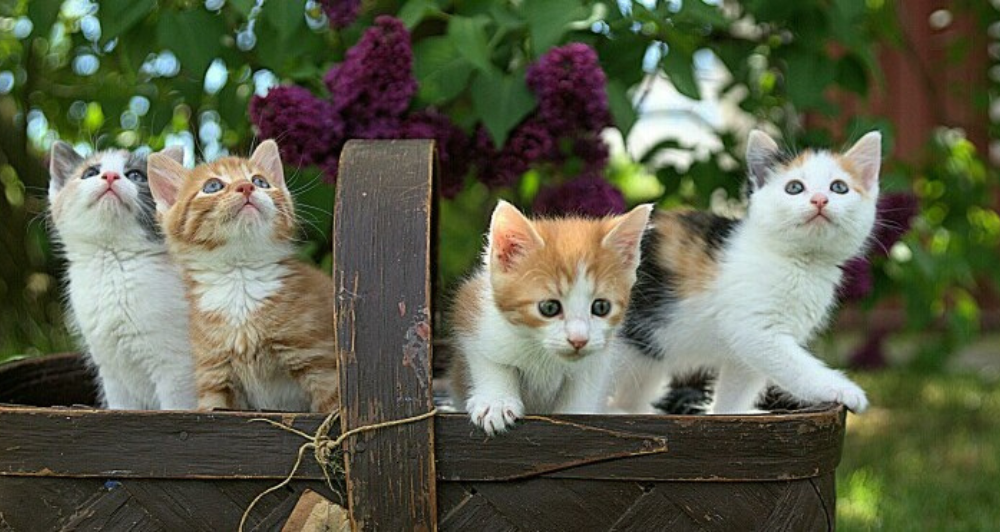If you’re a cat owner, noticing your furry companion scratching more than usual might raise an alarm. This could be a tell-tale sign of a flea infestation, an issue that’s as common as it is frustrating. Knowing what to look for is your first defence. Aside from the incessant scratching, you might see small, dark specks in their fur, known as flea dirt, or even spot the tiny pests bounding through their coat.
Fleas are not just annoying; they’re a testament to survival with a life cycle that is designed to thrive on your cat’s body. From eggs to larvae, then pupae, and finally adults ready to reproduce, each stage poses a different challenge to control. It’s this resilience that makes understanding the life cycle crucial in not only treating but preventing future infestations.
But it’s not just a matter of discomfort. Fleas can trigger dermatitis, cause anemia, and even transmit tapeworms. When your cat’s well-being is at stake, it’s essential to address a flea problem with urgency and care. You might feel compelled to reach for chemical treatments that promise quick eradication, but before you do, it’s important to understand the long-term well-being of your pet and consider natural options that can be just as effective.
Natural Methods vs Chemical Treatments
When it comes to combating fleas on cats, pet owners face the decision between natural methods and chemical treatments. My goal is to help you make an informed choice for your cat’s health and comfort. It’s not just a matter of preference; it’s about safety and long-term wellbeing. Yes, there’s a place for conventional flea treatments, but today, I stress the importance of natural flea control.
Natural flea remedies offer a safer approach, especially for cats with sensitivities or households with small children. Unlike some chemicals, natural remedies typically don’t pose a risk of toxic reactions when used correctly. However, it’s crucial to note that not every ‘natural’ label equates to safe for your cat. Each treatment must be vetted for its safety and compatibility with your pet.

On the flip side, traditional chemical treatments can be highly effective and act quickly. They often maintain flea control over extended periods. But these strengths come with risks; chemical treatments have been associated with side effects ranging from skin irritation to more severe neurological issues.
In weighing the pros and cons, consider your cat’s health history and environment. For instance, natural methods may be sufficient for indoor cats with minimal exposure to fleas, whereas outdoor cats might warrant a more robust approach. Moreover, combining safe natural methods with professional advice can often provide the best defence.
Top Natural Remedies to Fight Fleas on Cats
Nature offers several potent ingredients that can safely combat fleas on your cat. These remedies aren’t just gentle on your pet – they’re also kind to the environment. When using natural solutions, it’s crucial to know how to apply them correctly and understand their limitations.
First on the list is apple cider vinegar go-to natural repellent. Its acidic property creates an environment unsuitable for fleas. Create a solution with one part vinegar to two parts water, and spray it lightly on your cat’s coat, avoiding the face. Test on a small area first to ensure your cat doesn’t have a negative reaction.
 Essential oils, like lavender and cedarwood, can be effective against fleas. However, cats are sensitive to certain oils, and you must dilute them properly. Put a few drops into a carrier oil or water and apply it sparingly. It’s critical to consult with your vet before using any essential oils on your cat.
Essential oils, like lavender and cedarwood, can be effective against fleas. However, cats are sensitive to certain oils, and you must dilute them properly. Put a few drops into a carrier oil or water and apply it sparingly. It’s critical to consult with your vet before using any essential oils on your cat.
Diatomaceous earth, a natural powder made from the fossilized remains of tiny, aquatic organisms called diatoms, can dehydrate and kill fleas. Lightly dust your cat’s coat, avoiding inhalation, and leave it for a couple of hours before thoroughly combing it out. Use food-grade diatomaceous earth to ensure it’s safe for your cat.
These measures, while beneficial, only target adult fleas, and don’t interrupt the lifecycle. Therefore, integrating them with preventative care is essential. In the next section, I’ll discuss how routine grooming and a flea-repellent environment can keep your cat protected long-term.
Preventative Natural Care and Maintenance
A stitch in time saves nine, and this couldn’t be truer when it comes to flea control in cats. Preventing fleas naturally not only spares your cat the discomfort of an infestation, but it also maintains your home’s hygiene.
Creating a flea-repellent environment starts with cleanliness. Regular vacuuming can remove fleas at various stages of their life cycle from your floors and furniture. Wash your cat’s bedding frequently in hot water to kill any fleas or eggs.
Consistent grooming routines are the cornerstone of flea prevention. Combing your cat with a fine-toothed flea comb can trap and remove fleas before they multiply. Bathe your cat if they tolerate water, using a mild, natural soap to dislodge fleas. Remember, cats are sensitive to many substances, so choose feline-friendly products.
Your cat’s diet can also contribute to their defence against fleas. Certain supplements, like brewer’s yeast and garlic, have been suggested to repel fleas when used in moderation. However, it’s essential to consult with your vet, as some substances like garlic can be toxic to cats in higher doses.

Natural plant-based repellents applied in your garden can keep fleas at bay. Plants like lavender, spearmint, and rosemary may deter them. Ensure any plants used are non-toxic to cats and strategic placement is key to their effectiveness.
When to Seek Professional Help
Even with a steadfast commitment to natural remedies, sometimes these methods might not suffice. Fleas can be tenacious, and their effects on your cat’s health can be severe. Consequently, there are situations where seeking a vet’s advice becomes not just an option, but a NECESSITY.
It’s essential to know when you’ve hit that threshold. If you observe that your cat is losing weight, becoming lethargic, or showing signs of severe skin irritation and infection despite your best efforts with natural treatments, it’s time for professional medical intervention.
Remember, your primary goal is your cat’s HEALTH and COMFORT. While natural solutions are often effective, they can have limitations, particularly in cases of severe infestation or if your cat has a pre-existing health condition that makes them more susceptible to complications.

Your vet can provide medical treatments that may include prescription flea control products, as well as address any secondary infections that have taken hold. These products often work faster and are more potent against heavy infestations than natural methods.
Lastly, it’s important not to see natural remedies and professional care as mutually exclusive. A BALANCED APPROACH may be the key to success. Regular communication with your vet can help you incorporate natural preventatives in a way that complements medical treatments, ensuring long-term success in keeping your feline friend happy, healthy, and flea-free.
I sincerely hope you have found this article to be of use. Please feel free to leave your comments below if you would like any further advise or just want to share some cat related stories with us.
If you have found this to be helpful and are looking for additional advice then take a look at the homepage for many articles about cats, including Best cat litter with odor control and Best toys for senior cats, to name a few.

